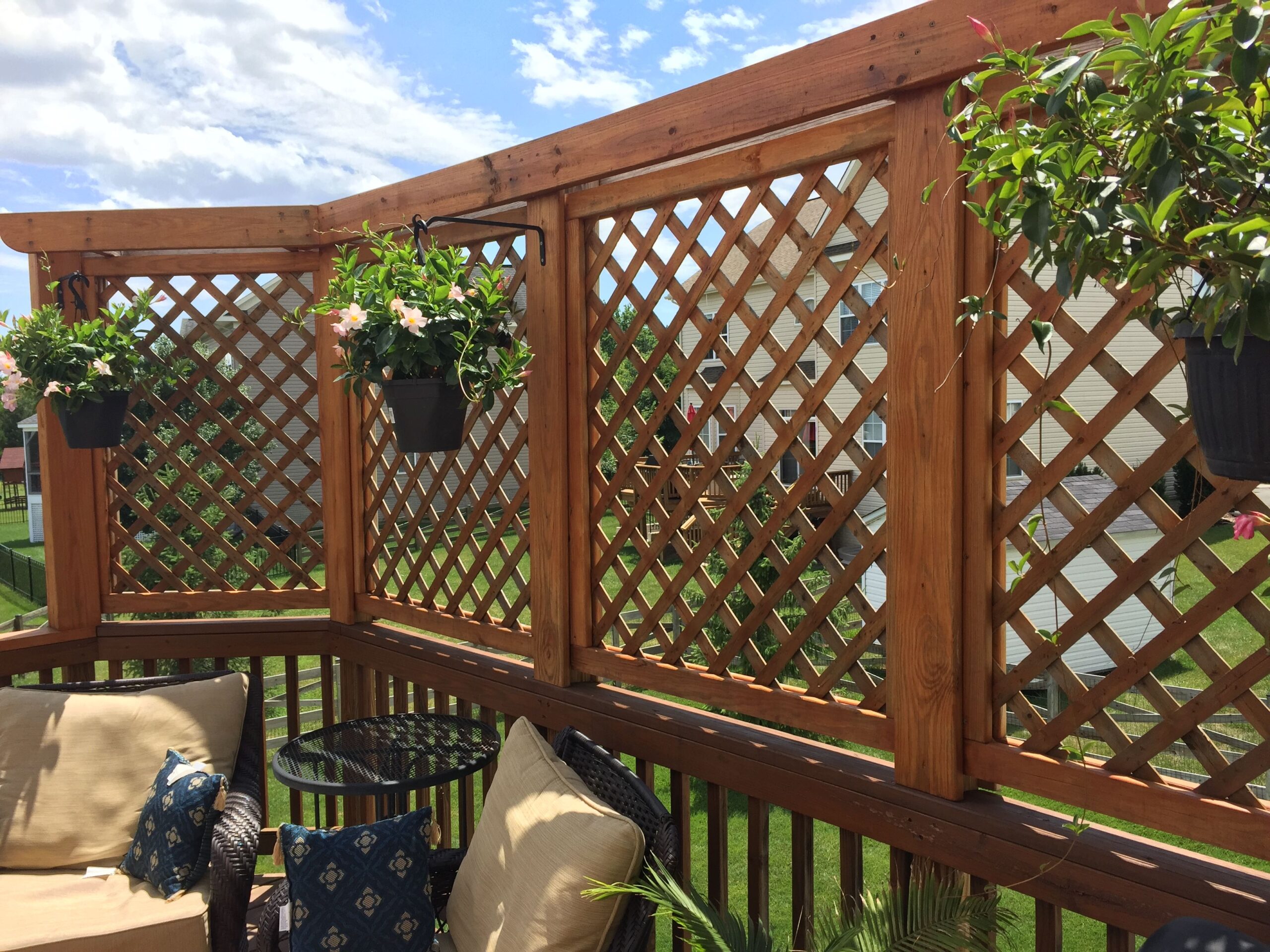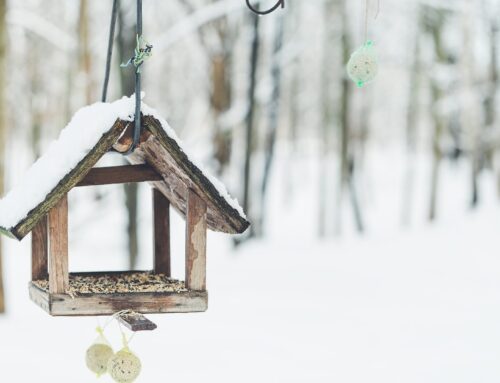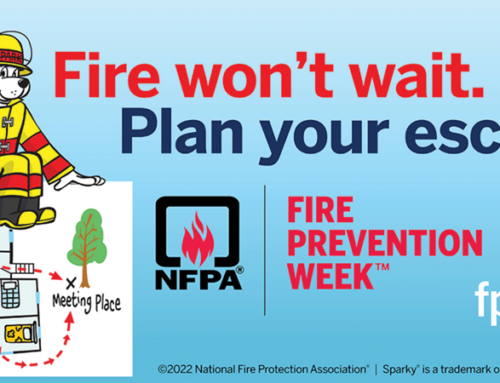
Your backyard should serve as an oasis of privacy and peace to give the entire family space to relax outdoors. Unfortunately, small lot sizes and a lack of wooded lots in many parts of the country have led to a lack of outdoor privacy. If you’re tired of seeing what your neighbors are doing next door or want them to get less of a view of you, there are many options. Consider how much you’re willing to spend and how long you’re willing to wait to get the privacy you want. Some methods are costly but quick to install, while others may offer a little less privacy yet require a smaller budget.
In-Ground or Raised Planters

For the most patient seekers of privacy, tall-growing trees and shrubs provide the most attractive backyard screening. It’s also the most likely to be allowed in homeowner’s associations that ban fencing and lattices. In-ground beds are best, but even small planters allow for the growth of hedges that block the view of your backyard. Planters can be used around the home for a cohesive look that offers privacy year-round if you choose evergreen plants or trees.
Subtle Landscaping for Privacy

Try subtle landscaping adjustments for a slightly quicker method that offers a useful but limited amount of privacy. Clumps of tall bamboo interspersed with low-growing trees that create screens of foliage don’t entirely block the view like a row of box elders trimmed into a hedge, but they tend to be more appealing in a visual sense. Small raised berms can help make shorter plants into a more effective privacy screen while still adding aesthetic value. You don’t need rows of tall Leyland cypresses to make the yard a little less visible from the street or the neighbor’s house.
Trellises and Climbing Vines

For faster-growing results with a little more construction required, try building a wood or metal trellis and planting climbing vines to cover it. Most climbing vines are fast-growing enough to cover the trellis at least partially within the first year. These plants don’t tend to be evergreen, so they’re best for families that mostly want extra privacy in the summer when the backyard is seeing the most use. You’ll need to build multiple trellises to cover large areas, but a few clustered around a patio or pool provides privacy without blocking the view of the entire yard. They can also be expanded, and plantings increased year to year to grow the level of privacy over time.
Lattice for Light and Privacy

Wood, vinyl, aluminum, or wicker lattice is another good option for privacy that is much more immediate than anything involving plants. However, some homeowners’ associations do not allow it due to its more obvious appearance. It’s quicker to install and tends to be more affordable than most types of privacy fencing. The small gaps in the lattice let air and light flow through. Yet this also slightly reduces the total amount of privacy afforded by this material. It’s easily painted to match the home’s exterior and can double as a trellis when covered with climbing plants.
Blocking the View with Fencing

For the greatest level of privacy at what’s usually the highest cost, try privacy fencing. One of the options is a woven or interlaced design made with materials like wire or wicker. The other main option is solid wood or vinyl plank fencing at the height of six feet or more. Both block the view and meet most code requirements, but they may or may not face limitations from any homeowner’s associations you live in. It may also send an unfriendly message to the neighbors compared to other options. However, it’s often worth the extra cost of installation if it doubles as a way of containing your pets or adding security for your children.
Don’t be afraid to reclaim your backyard with some clever backyard privacy ideas. Combining these ideas in different areas will create a complete oasis of private space without overwhelming the yard with a single look. Try turning fences into trellises or using lattice around garden areas for climbing plants to work more nature into your designs for privacy.





